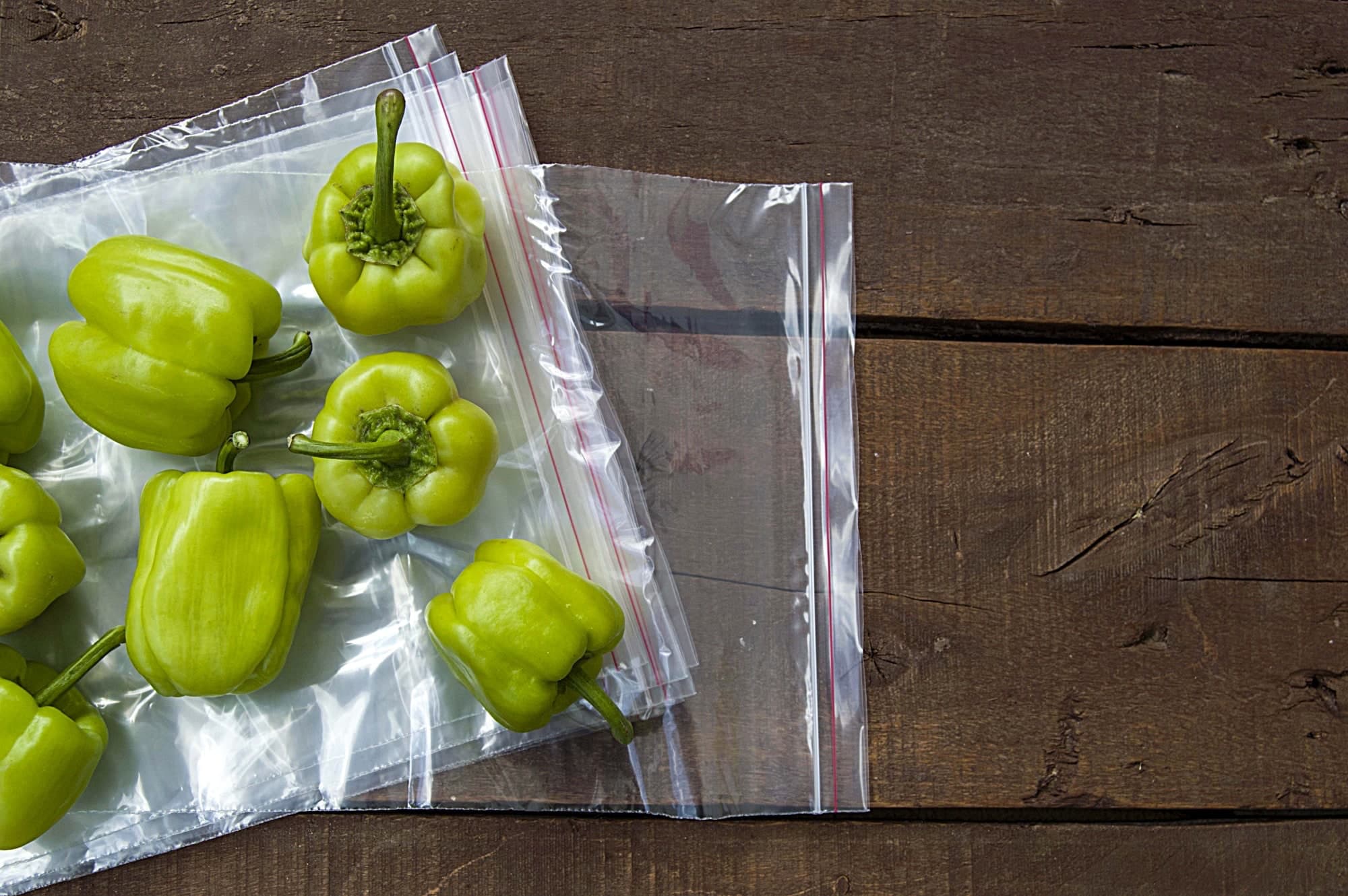

Articles
How To Store Green Peppers Long Term
Modified: February 23, 2024
Learn effective methods to store green peppers for the long term with this comprehensive guide. Discover expert tips and tricks to keep your peppers fresh and flavorful for extended periods.
(Many of the links in this article redirect to a specific reviewed product. Your purchase of these products through affiliate links helps to generate commission for Storables.com, at no extra cost. Learn more)
Introduction
Welcome to our guide on how to store green peppers long term. Green peppers, also known as bell peppers, are not only delicious but also packed with nutrients. If you have a surplus of green peppers or want to stock up during the harvest season, it’s essential to know how to store them properly to maintain their freshness and flavor.
Green peppers can be stored in a variety of ways, including in the refrigerator, freezer, dehydrated form, or even canned. The method you choose will depend on how you plan to use the peppers in the future. Whether you want to use them in stir-fries, salads, stews, or other dishes, proper storage techniques will help preserve their quality for an extended period.
Throughout this guide, we will explore different methods to store green peppers long term. We’ll discuss selecting the right peppers, preparing them for storage, and various preservation techniques. By following these tips, you can ensure that your green peppers stay fresh, flavorful, and ready to use whenever you need them.
Key Takeaways:
- Preserve the Freshness: Select firm, thick-walled, and organic green peppers for long-term storage. Properly prepare and store them in the refrigerator, freezer, dehydrated form, or canned to maintain their quality and flavor.
- Extend the Shelf Life: Utilize blanching for freezing, dehydrate for concentrated flavor, and canning for extended storage. Follow essential tips such as inspecting for spoilage and rotating peppers to maximize their longevity and enjoy them year-round.
Read more: How To Store Hot Peppers Long Term
Selecting the Right Green Peppers
When it comes to storing green peppers long term, selecting the right peppers is crucial. Here are some tips to help you choose the best green peppers for storage:
- Choose firm and unblemished peppers: Look for green peppers that are firm and have a smooth, shiny skin. Avoid peppers with soft spots, wrinkles, or any signs of decay.
- Opt for peppers with thick walls: Green peppers with thicker walls tend to have a longer shelf life. They will be more resistant to spoilage and maintain their texture during storage.
- Consider the size of the peppers: Smaller green peppers often have a milder flavor, while larger ones tend to be sweeter. Choose peppers based on your preference and the dishes you plan to use them in.
- Go for organic or locally grown peppers: Organic peppers are free from pesticides and other harmful chemicals. Locally grown peppers are likely to be fresher and have a higher nutritional value.
By selecting fresh and high-quality green peppers, you are setting the foundation for successful long-term storage. Remember to examine each pepper carefully to ensure it meets the standards mentioned above.
Preparing Green Peppers for Storage
Before you store green peppers long term, it’s essential to properly prepare them. Follow these steps to ensure your peppers are ready for storage:
- Wash the peppers: Start by rinsing the green peppers thoroughly under cold running water. This removes any dirt, debris, or residue on the surface.
- Dry the peppers: Pat the peppers dry with a clean kitchen towel or let them air dry. Moisture can lead to mold and spoilage, so it’s crucial to ensure the peppers are completely dry.
- Remove the stems and seeds: Cut off the stems of the peppers and remove the seeds. You can either do this by slicing off the top of the pepper or by cutting the pepper in half and scooping out the seeds.
- Slice or dice the peppers (optional): Depending on your preference, you can slice or dice the peppers before storing them. This step is particularly useful if you plan to use them in specific recipes or prefer smaller-sized pepper pieces.
Once you’ve prepared the green peppers, they are now ready for long-term storage. However, it’s important to note that different storage methods require specific preparations, which we will discuss in detail in the following sections.
By properly preparing your green peppers, you’re ensuring that they are clean, dry, and ready to be stored without any excess moisture or unwanted parts. This step is crucial in maintaining the quality and longevity of the peppers during storage.
Storing Green Peppers in the Refrigerator
The refrigerator is one of the easiest and most popular methods for storing green peppers in the short term. Follow these steps to store green peppers in the refrigerator:
- Place the prepared green peppers in a plastic bag: Place the dry, sliced, or diced green peppers in a resealable plastic bag. Ensure that the bag is tightly sealed to prevent air from entering.
- Remove excess air from the bag: Squeeze out as much air as possible from the plastic bag before sealing it. This helps reduce moisture and slows down the ripening process.
- Label the bag: It’s helpful to label the bag with the date of storage to keep track of their freshness.
- Store in the refrigerator crisp drawer: Place the bag of green peppers in the refrigerator’s crisp drawer, which is a cooler and more humid section of the fridge.
- Keep away from ethylene-producing fruits: Green peppers are sensitive to ethylene gas, which is produced by certain fruits like apples and bananas. Store green peppers away from these fruits to prevent premature ripening and spoilage.
- Use within 1-2 weeks: Stored in this manner, green peppers can typically remain fresh for about 1-2 weeks.
By storing green peppers in the refrigerator, you can extend their freshness for a short period. However, keep in mind that refrigeration can sometimes cause a slight loss in flavor and crispness. It’s best to use the peppers within the recommended timeframe to enjoy their optimal taste and texture.
Freezing Green Peppers
Freezing green peppers is a popular method for long-term storage, as it helps to preserve their freshness and flavor. Here’s how you can freeze green peppers:
- Prepare the green peppers: Wash, dry, and remove the stems and seeds as mentioned earlier. Slice, dice, or leave them whole based on your preference.
- Blanch the peppers: Blanching is an essential step that helps to preserve the color, texture, and nutrients of the green peppers. Bring a pot of water to a rolling boil and carefully place the peppers in the boiling water for about 2-3 minutes.
- Submerge in ice water: Quickly transfer the blanched peppers into a bowl of ice water to stop the cooking process. Allow them to cool for a couple of minutes.
- Drain and pat dry: Once cooled, drain the peppers and pat them dry with a clean kitchen towel or paper towels.
- Arrange on a baking sheet: Spread the prepared green peppers in a single layer on a baking sheet. This prevents them from sticking together during freezing.
- Flash-freeze: Place the baking sheet with the peppers in the freezer and allow them to freeze for about 1-2 hours or until they are firm.
- Transfer to freezer bags or containers: Once the peppers are frozen, transfer them into freezer-safe bags or containers. Squeeze out any excess air and seal them tightly.
- Label and date: Don’t forget to label the bags with the contents and the date of freezing.
- Store in the freezer: Place the bags of frozen green peppers in the freezer for long-term storage.
Frozen green peppers can last for about 10-12 months in the freezer. They can be used directly from frozen in cooked dishes like stir-fries, soups, or casseroles. However, the texture may change, becoming slightly softer, so it’s best to avoid using them raw or in dishes where crispness is essential.
Freezing green peppers is a convenient method to have them readily available for various recipes throughout the year. It allows you to enjoy the fresh taste of green peppers even when they are out of season.
To store green peppers long term, wrap them individually in paper towels and place them in a perforated plastic bag in the crisper drawer of the refrigerator. This will help to absorb excess moisture and keep the peppers fresh for up to 2 weeks.
Read more: How To Store Black Pepper Long Term
Dehydrating Green Peppers
Dehydrating green peppers is an excellent method for long-term storage, as it removes the moisture and allows you to enjoy the flavor and nutritional benefits of peppers even after they are no longer fresh. Here’s how you can dehydrate green peppers:
- Prepare the green peppers: Wash, dry, remove the stems and seeds, and cut them into thin slices or strips.
- Blanch the peppers (optional): Blanching the peppers before dehydrating can help preserve their color and nutrients. To blanch, drop the peppers in boiling water for 1-2 minutes, then transfer them to an ice bath to cool down.
- Arrange on dehydrator trays: Place the prepared green pepper slices or strips in a single layer on the dehydrator trays. Make sure to leave some space between the pieces for proper air circulation.
- Dehydrate the peppers: Set the dehydrator to a temperature of around 135°F (57°C) and let the peppers dry for 8-12 hours or until they are fully dehydrated and brittle.
- Check for complete dryness: Test a few pieces of the dehydrated peppers by bending them. If they snap without any flexibility, they are dry and ready for storage.
- Cool the peppers: Allow the dehydrated green peppers to cool completely before storing them.
- Transfer to airtight containers or bags: Place the cooled peppers in airtight containers or sealable bags. Remove any excess air to prevent moisture from entering.
- Label and date: Don’t forget to label the containers or bags with the contents and the date of dehydration.
- Store in a cool, dark place: Keep the dehydrated green peppers in a cool, dry, and dark pantry or cupboard away from direct sunlight and moisture.
Dehydrated green peppers can last for up to 1 year when stored properly. They can be rehydrated before use by soaking them in water for a few minutes, or they can be added directly to soups, stews, or other recipes that have sufficient liquid for rehydration.
Dehydrating green peppers not only extends their shelf life but also concentrates their flavor, making them a versatile ingredient to have on hand for a variety of dishes.
Canning Green Peppers
Canning green peppers is a great way to preserve their freshness and flavor for an extended period. Canned peppers can be stored for months or even years, making them a convenient pantry staple. Here’s how you can can green peppers:
- Prepare the green peppers: Wash, dry, remove the stems and seeds, and cut them into desired sizes. You can choose to can whole peppers, halves, or slices.
- Prep the canning jars: Wash the canning jars, lids, and rings with warm soapy water. Rinse them thoroughly and sterilize them by submerging them in boiling water for a few minutes.
- Pack the jars: Pack the prepared green peppers tightly into the sterilized jars, leaving about 1 inch of headspace at the top.
- Add brine or liquid: Prepare a brine solution by combining water, vinegar, and salt. Heat the brine on the stove until it reaches a boil. Carefully pour the hot brine into the jars, covering the green peppers completely while maintaining the 1-inch headspace.
- Remove air bubbles: Gently tap the jars on a countertop to remove any air bubbles trapped in the peppers and brine. Use a clean utensil, such as a non-metallic spatula, to release any remaining bubbles.
- Seal the jars: Place the lids on the jars, ensuring they are properly sealed. Screw on the rings to secure them in place, but do not overtighten.
- Process in a water bath canner: Place the sealed jars in a water bath canner or a large pot filled with boiling water. Ensure that the water covers the jars by 1-2 inches. Process the jars according to the recommended time based on your altitude and jar size.
- Remove and cool the jars: Once processed, carefully remove the jars from the water bath canner using jar lifters and place them on a towel-lined countertop. Let them cool naturally for 12-24 hours.
- Check the seals and store: After the jars have cooled, check the lids for a proper seal by pressing down on the center of each lid. If the lid does not flex or pop, the seal is secure. Store the sealed jars in a cool, dark pantry or cupboard.
Canned green peppers can last for up to 1-2 years or more when stored properly. They are ready to use in various recipes, such as sandwiches, pizzas, pasta dishes, and more. However, always remember to inspect the jars before using and discard any that show signs of spoilage, such as bulging lids or off-putting odors.
Canning green peppers allows you to enjoy their fresh taste and vibrant color throughout the year, even when they are out of season.
Tips for Properly Storing Green Peppers
To ensure maximum freshness and quality, here are some essential tips for properly storing green peppers:
- Store in a cool environment: Green peppers prefer cool temperatures, so store them in a cool place away from direct sunlight and sources of heat. A pantry, cupboard, or cellar with a temperature between 45-50°F (7-10°C) is ideal.
- Avoid washing until ready to use: It’s best to refrain from washing green peppers until you are ready to use them. Excess moisture can speed up the decay process, so keeping them dry helps prolong their shelf life.
- Inspect your peppers frequently: Regularly check your stored green peppers for any signs of spoilage, such as mold, soft spots, or a slimy texture. Remove any affected peppers to prevent contamination.
- Separate peppers to prevent ripening: Green peppers can produce ethylene gas, which speeds up the ripening process. To prevent premature ripening, store them separately from other fruits or vegetables that are sensitive to ethylene gas.
- Rotate your peppers: If you have multiple green peppers in storage, make sure to rotate them regularly. Use the peppers that were stored first to prevent any from going to waste.
- Consider freezing or preserving for extended storage: If you have an abundance of green peppers, consider freezing, dehydrating, or canning them for longer storage. These methods will help you enjoy their flavors and nutritional benefits even after the harvest season.
By following these storage tips, you can extend the lifespan of your green peppers and keep them fresh for as long as possible. Enjoy the convenience of having a supply of green peppers on hand whenever you need them.
Conclusion
Properly storing green peppers long term is essential for preserving their freshness, flavor, and nutritional value. Whether you have a surplus from your garden or want to stock up during the peak season, understanding the various storage methods is key to ensuring you can enjoy green peppers throughout the year.
In this guide, we explored different techniques for storing green peppers, including refrigeration, freezing, dehydration, and canning. Each method offers its unique advantages and allows you to customize your storage based on your preferences and future usage.
When storing green peppers, remember to select the best-quality peppers, prepare them properly by washing, drying, and removing seeds or stems, and follow the specific instructions for each storage method. Proper sanitation, labeling, and maintaining optimal storage conditions are crucial for maximizing the shelf life of green peppers.
By implementing the tips and techniques outlined in this guide, you can enjoy the taste, versatility, and nutritional benefits of green peppers long after the harvest season has ended. Whether you add them to salads, stir-fries, stews, or other dishes, having well-preserved green peppers on hand will elevate your culinary creations.
So, don’t let your green peppers go to waste. Be proactive and store them properly to ensure you always have this vibrant and healthy ingredient ready whenever you need it. Happy storing!
Frequently Asked Questions about How To Store Green Peppers Long Term
Was this page helpful?
At Storables.com, we guarantee accurate and reliable information. Our content, validated by Expert Board Contributors, is crafted following stringent Editorial Policies. We're committed to providing you with well-researched, expert-backed insights for all your informational needs.
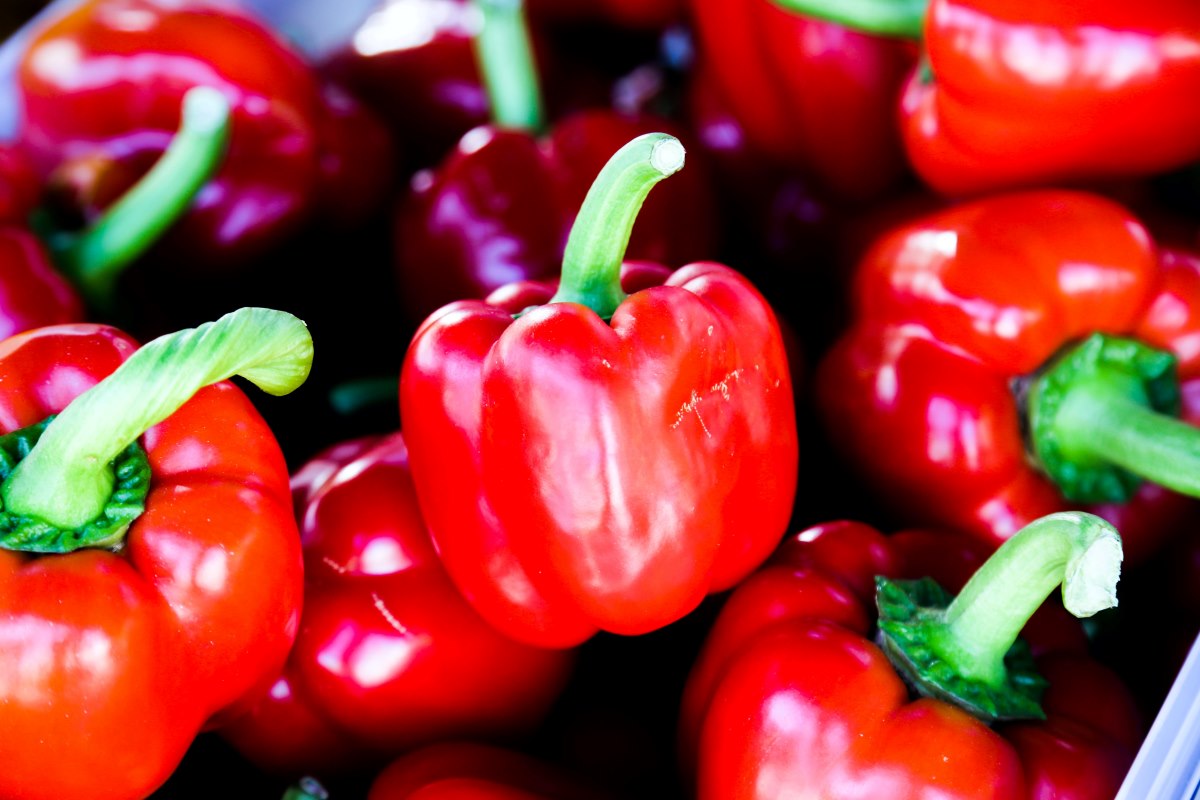
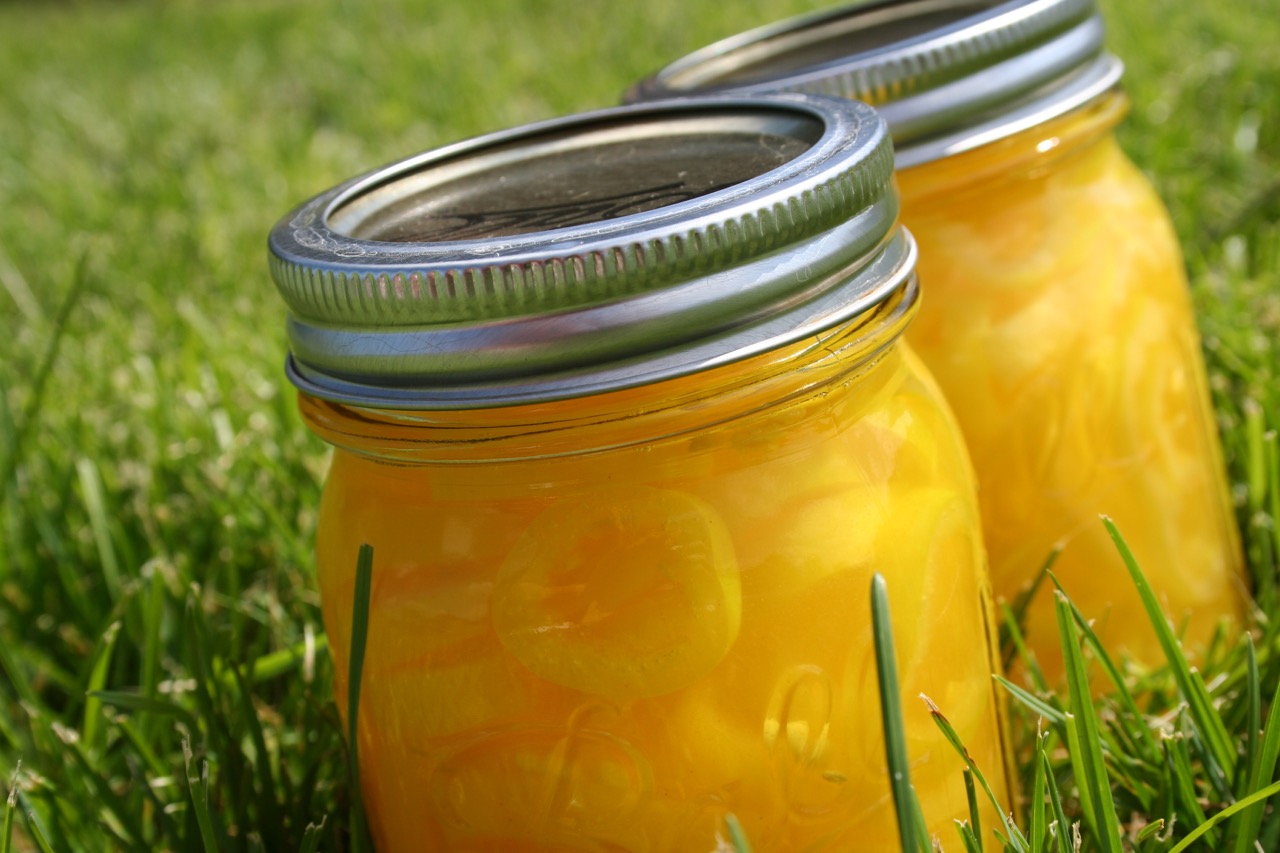
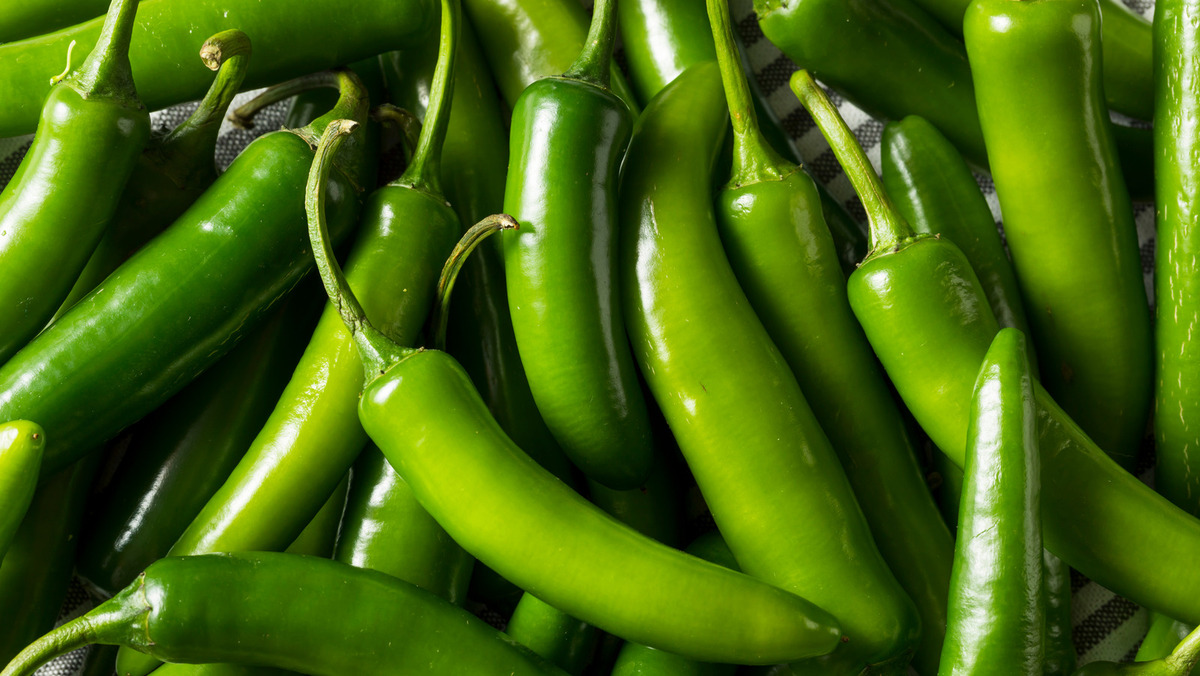

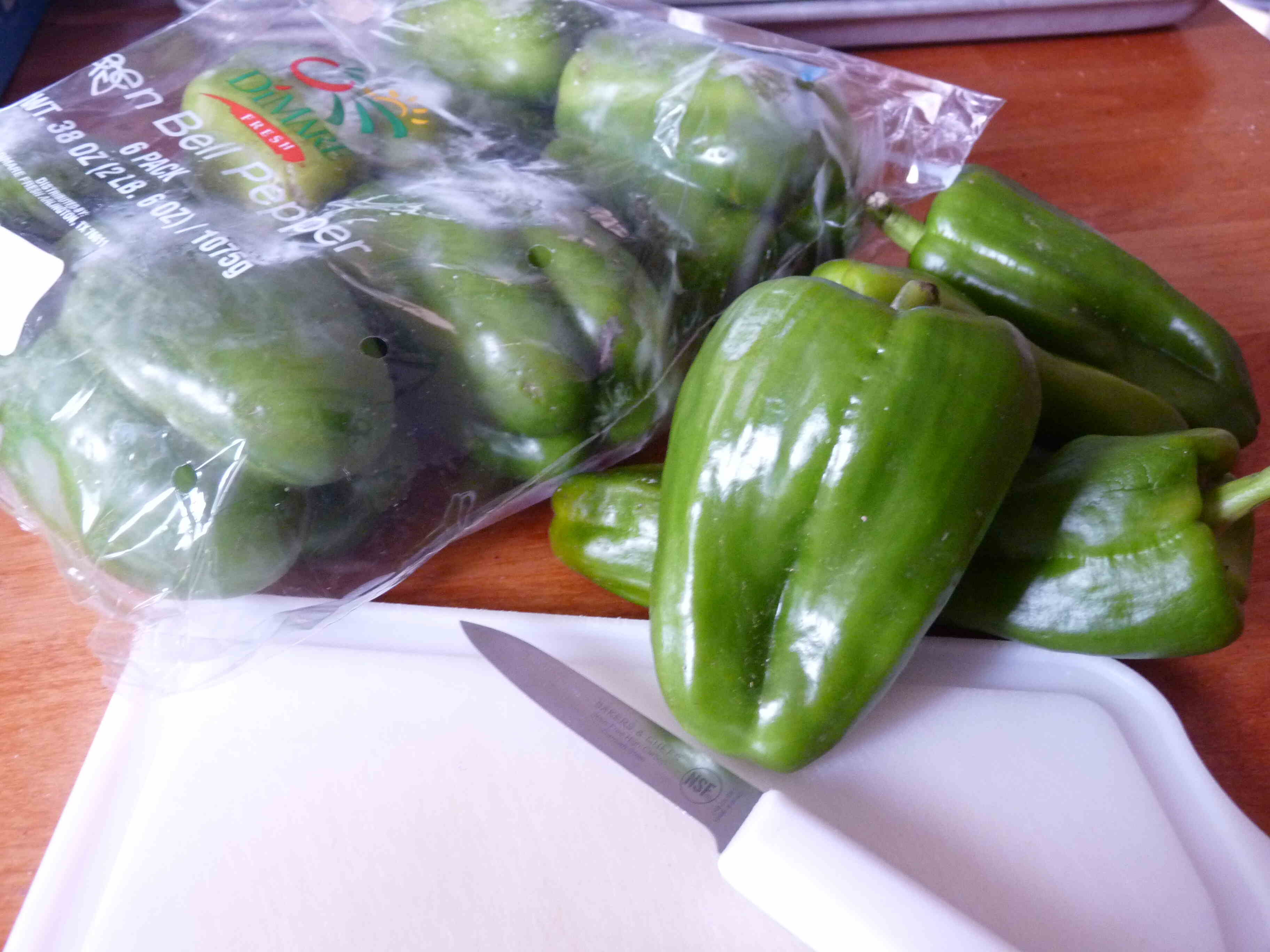
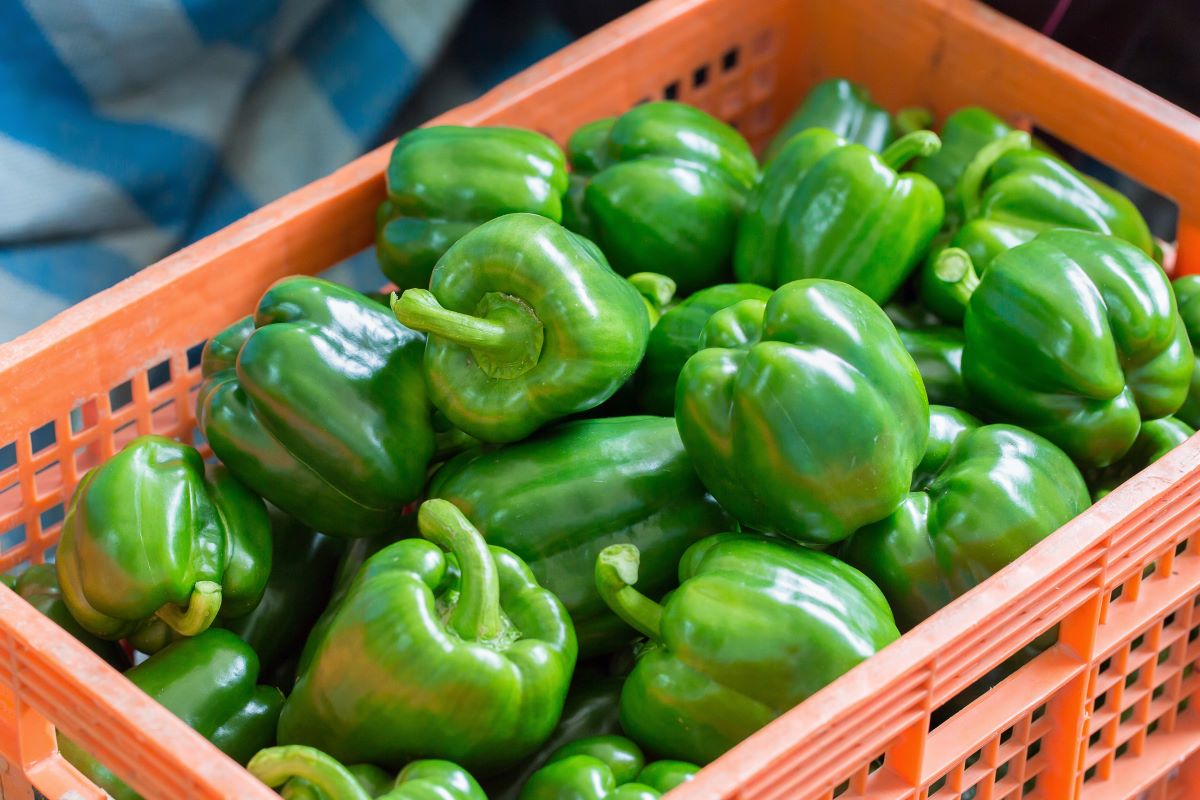
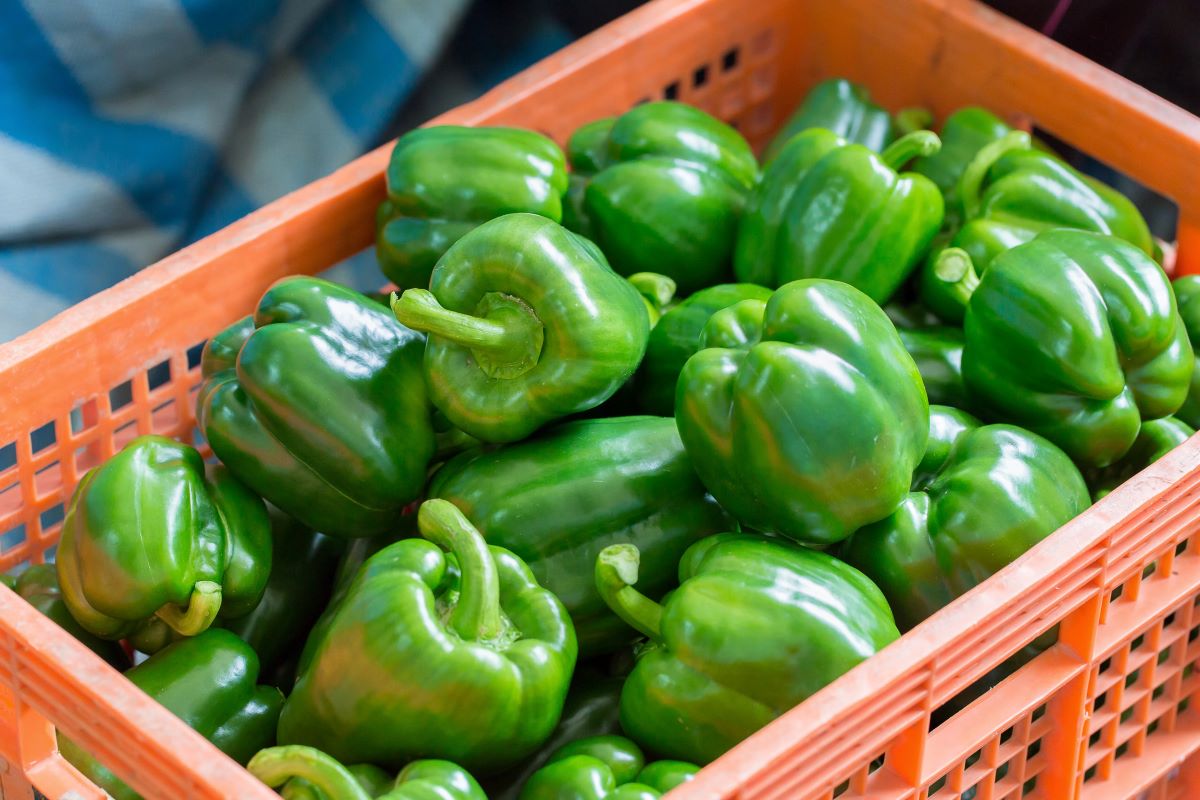
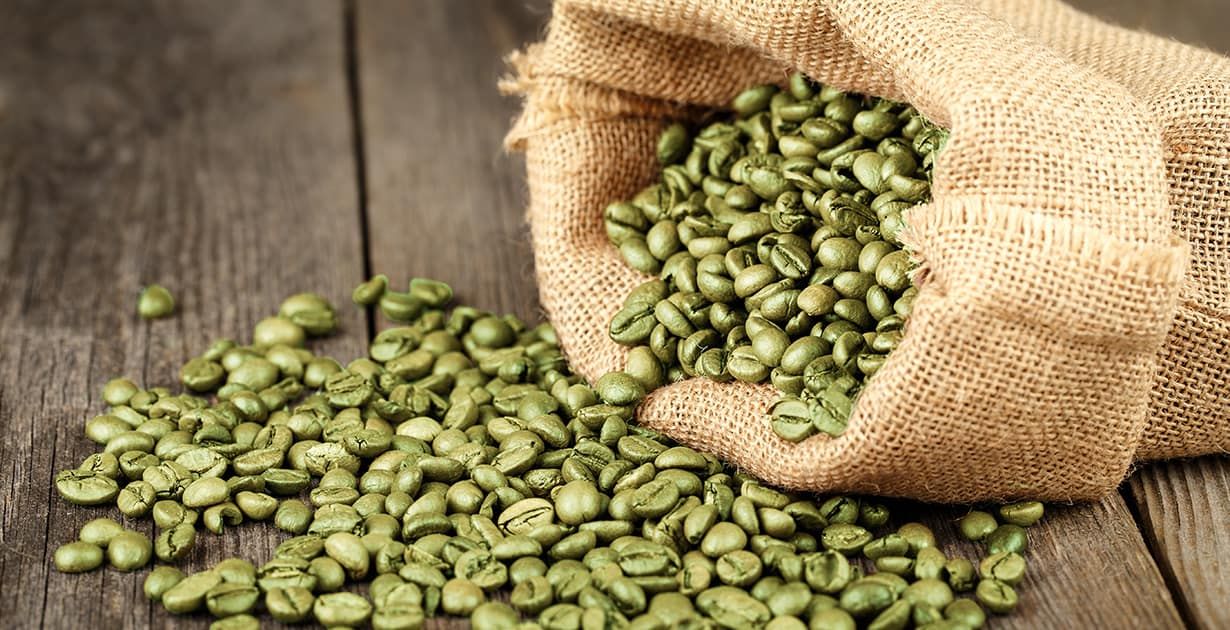

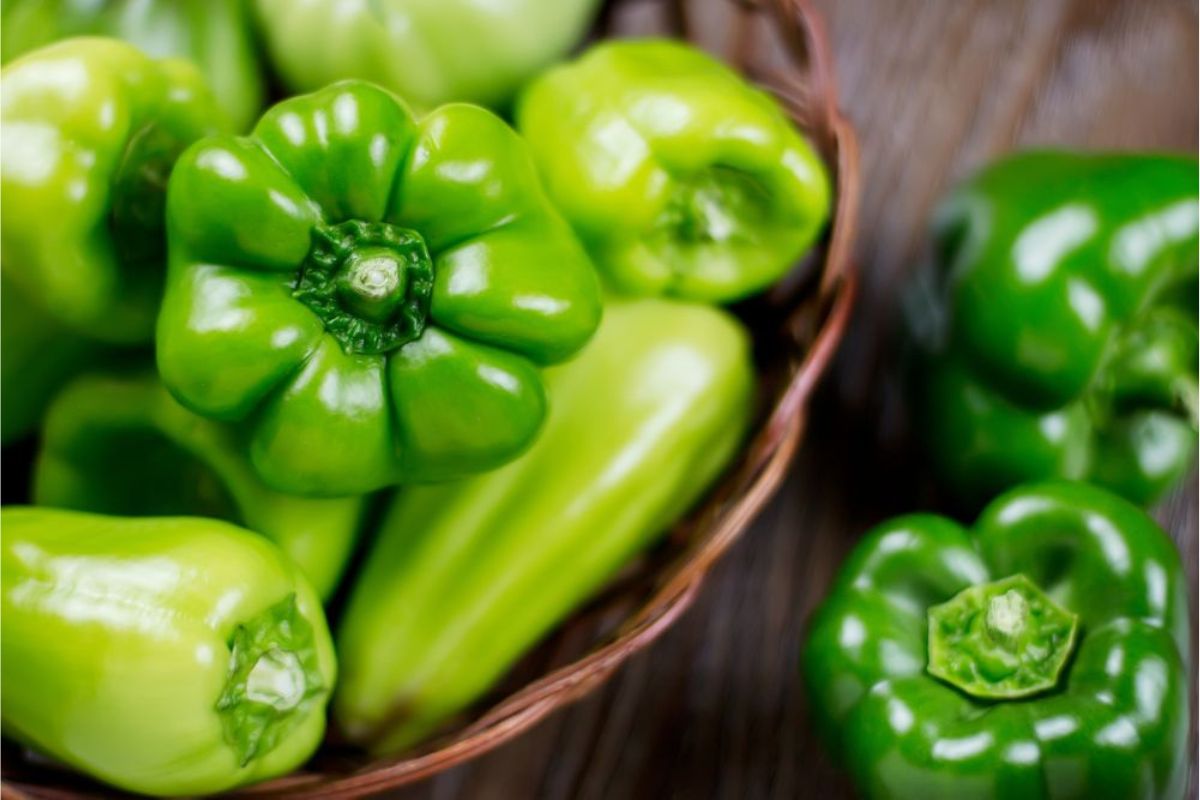
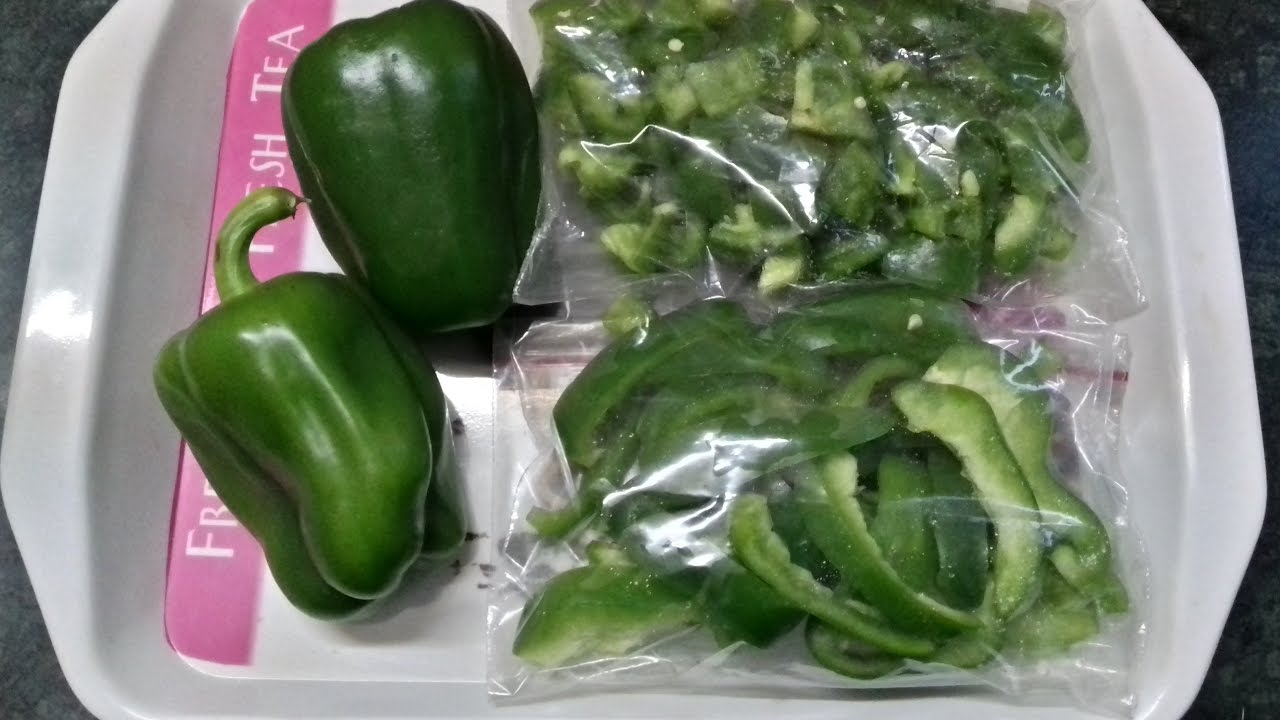
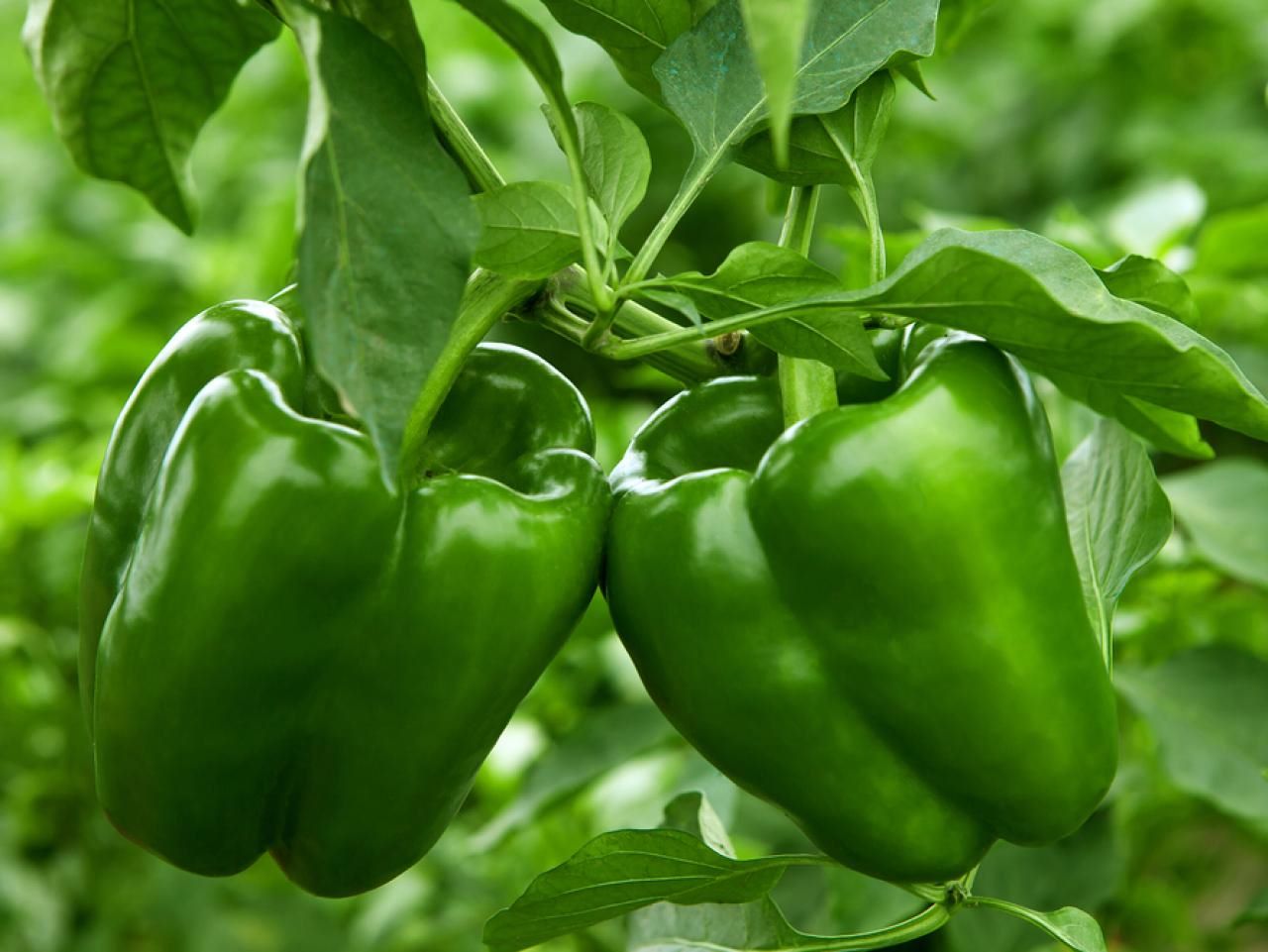



0 thoughts on “How To Store Green Peppers Long Term”